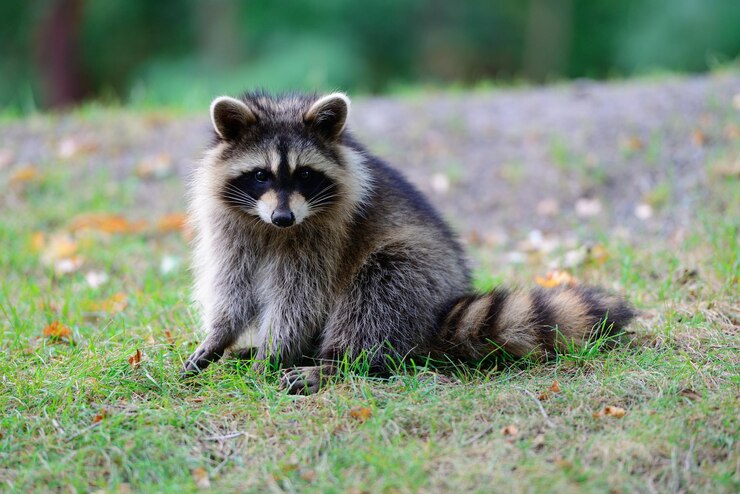Meet the raccoon dog, a furry enigma with a charmingly misleading name. While they might resemble their bandit-masked North American cousins, these creatures are members of the Canidae family, closer kin to foxes and wolves than raccoons.
Despite this, their raccoon-like appearance and intriguing behaviors have garnered their attention and even folkloric significance across Asia. Let’s delve into the world of the raccoon dog, exploring their diet, fascinating facts, and adorable pictures.
Where Do They Live?

Raccoon dogs are primarily found in East Asia, ranging from eastern Siberia and northern China to North Vietnam, Korea, and Japan. They favor forested areas with access to water, such as woodlands, marshes, and swamps. Their adaptability allows them to thrive in diverse habitats, including grasslands and agricultural areas. However, their populations are threatened in some regions due to habitat loss, hunting, and the illegal fur trade.
What Do They Look Like?
Imagine a fluffy, miniature fox with a raccoon-inspired mask – that’s the quintessential raccoon dog. Their thick fur, typically brown or grey with black markings, provides warmth in cold climates. They have short legs, a long body, and a bushy tail with black and white rings. Their pointed muzzle and small eyes complete their endearingly curious expression.
But Are They Really Dogs?
Despite their canine lineage, raccoon dogs aren’t your typical dog. They lack the dewclaws on their front legs, and their retractable claws make them adept at climbing trees, a skill rarely seen in dogs. Additionally, their omnivorous diet and nocturnal habits differ from the carnivorous and typically diurnal tendencies of most dog breeds.
What Do They Eat?
Raccoon dogs are opportunistic omnivores, relying on a diverse menu to meet their nutritional needs. Their diet varies depending on the season and location, but they typically feast on insects, rodents, amphibians, and small reptiles. They also enjoy fruits, berries, nuts, and even occasional scavenged scraps. Their flexible appetite allows them to adapt to different food sources, contributing to their adaptability and survival success.
Interesting Facts about Raccoon Dogs

- Hibernation: During harsh winters, raccoon dogs enter a state of light hibernation, lowering their body temperature and activity level to conserve energy. However, unlike true hibernators, they can still awaken periodically to forage for food.
- Musical Talent: Believe it or not, raccoon dogs have a vocal repertoire that includes barks, whines, and even a unique “chattering” sound used for communication.
- Folklore and Mythology: In Japan, the raccoon dog, known as “tanuki,” is a trickster figure often depicted in folklore and mythology. They are associated with shapeshifting abilities, good luck, and fortune.
- Swimming Skills: Don’t underestimate their aquatic prowess! Raccoon dogs are excellent swimmers and often use water bodies for hunting and escaping predators.
Are They Good Pets?
Although undeniably adorable, raccoon dogs are not suitable for most households. Their wild instincts and complex needs make them challenging companions. Additionally, keeping them as pets is illegal in many countries due to concerns about potential zoonoses (diseases transmissible between animals and humans) and their invasive potential in non-native environments.
Conclusion: A Creature of Curiosity and Complexity

The raccoon dog, with its intriguing combination of dog-like ancestry, raccoon-like appearance, and unique adaptations, continues to captivate hearts and inspire research. By appreciating their ecological role, respecting their wild nature, and understanding their needs, we can ensure these fascinating creatures continue to thrive in their natural habitats.

